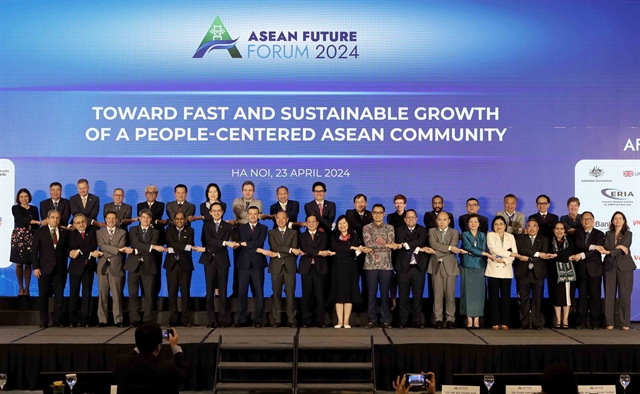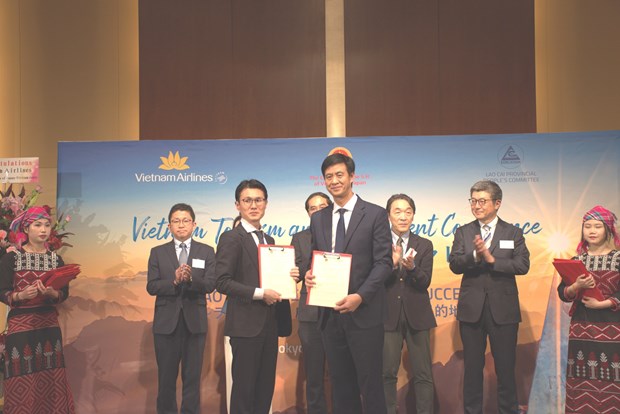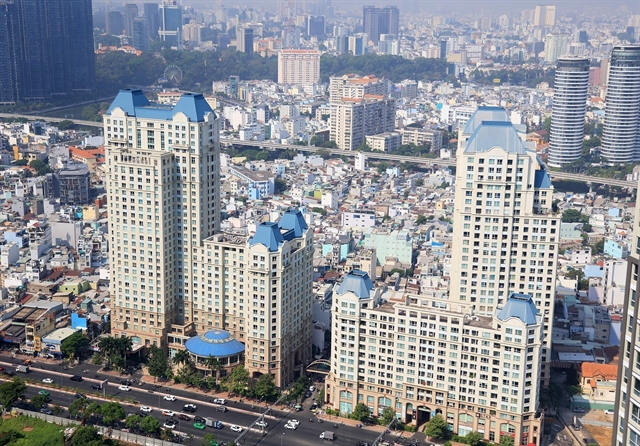 Op-Ed
Op-Ed

Covering more than 70 per cent of our earth’s surface and home to 700,000 to two million species, the ocean is the lifeblood of our planet. Besides bringing a sense of serenity through the gentle -- albeit sometimes roaring -- rhythm of its waves, the deep blue employs millions of workers, feeds billions of people and generates trillions of dollars of the world’s economy.
 |
| Aban Marker Kabraji. — Photo IUCN |
Aban Marker Kabraji*
Covering more than 70 per cent of our earth’s surface and home to 700,000 to two million species, the ocean is the lifeblood of our planet. Besides bringing a sense of serenity through the gentle -- albeit sometimes roaring -- rhythm of its waves, the deep blue employs millions of workers, feeds billions of people and generates trillions of dollars of the world’s economy.
However, despite having such a profound impact on our lives, oceans are often taken for granted. As vast as they may seem, the resources provided by our oceans are finite.
In recent decades, threats such as unsustainable and illegal fishing, tourism and climate change have increasingly threatened coastal and marine resources.
In Asia, where over 30 million people rely on these resources for their livelihoods, the stakes are high.
While the region’s exponential economic growth has benefitted its communities through higher incomes and a better quality of life, ever-increasing commercial, agricultural and industrial activity has also exacerbated threats to the region’s ecosystems. Some 95 per cent of Southeast Asian coral reefs are at risk of being destroyed and over 80 ocean species in the region are listed as Critically Endangered and Endangered.
Scientists have warned that as increasing amounts of CO2 are absorbed by our oceans, seawater is becoming more acidic, threatening aquatic ecosystems and organisms.
But tides might actually be turning.
The Paris Climate Agreement has united many nations in the common cause of tackling climate change by limiting global carbon emissions and thereby protecting our oceans.
The United Nations 2030 Agenda for Sustainable Development has made it crystal clear that a commitment to the conservation of oceans is necessary to secure a better future for all, through Sustainable Development Goal 14 -- "Conserve and sustainably use the oceans, seas and marine resources".
One way to protect our vital ocean ecosystems is to increase the number, size and management effectiveness of Marine Protected Areas (MPAs).
MPAs are established to preserve not only coastal and marine terrain, water and the genetic diversity of associated flora and fauna, but also historical and cultural heritage.
It is important that the boundaries of MPAs are delineated through multi-stakeholder consultation and consensus, so that encroachment becomes less likely and enforcement more effective. Local communities, which have traditional knowledge of their natural resources, also need to be involved in the governance of their ecosystems to relieve the pressure on both nature and governments.
Mangroves for the Future (MFF), a regional coastal programme co-chaired by IUCN and UNDP and spanning 11 countries across Asia and the Indian Ocean, has developed Marine Protected Area (MPA) frameworks for Bangladesh, Pakistan, Cambodia and Myanmar.
MFF’s overall approach is to identify needs at priority sites. These needs are then addressed through grants and other activities that generate knowledge, empower local communities, and strengthen the governance of coastal ecosystems.
In Việt Nam, MFF is currently supporting Cù Lao Chàm Island, an MPA nested within the UNESCO Biosphere Reserve, to improve its management effectiveness.
Since the island was declared an MPA in 2005, the site has become a popular tourist destination and local livelihoods have become highly diversified. Land value has also increased with the growth of investor interest, all of which is putting pressure on coastal resources and social relations within local communities.
To further strengthen the MPA’s resilience, MFF, along with several key stakeholders, facilitated an exercise at the end of April to examine the current management effectiveness of the MPA and develop a road map for revising the framework and zoning scheme. The revision of the MPA framework will take place over the next 18 months through a series of consultations with stakeholders. This will pave the way for improved management of Cù Lao Chàm’s coastal and marine resources.
Studies have shown that small MPAs that are well-managed and well-enforced are facilitating resource recovery, sustaining fisheries, improving livelihoods and promoting sustainable tourism. Yet, while MPAs can be very effective in the conservation and management of our oceans, they cannot address all threats to marine life. Complementary actions need to be implemented to make fishing and aquaculture sustainable, address climate change and reduce marine pollution.
IUCN aims to build on lessons learned from MFF – notably the effectiveness of a partnership-based focus and a governance structure that invites country-level ownership – and scale up the programme, to further improve the resilience of coastal ecosystems, support the livelihoods of millions of people, and increase carbon storage capacity by protecting and restoring mangrove habitats.
This year’s theme for World Oceans Day (June 8) is “Our oceans, our future.” Despite recent setbacks, such as the US administration’s decision to withdraw from the Paris Climate Agreement, many other nations remain committed to the Paris accord. Through progressive and forward-thinking policies, commitments from industrialised and developing nations alike, and a multi-sectorial approach that harnesses advancements in science, finance and development, we actually stand a chance to make our oceans truly great again.
* Aban Marker Kabraji is the Regional Director, International Union for Conversation of Asia








